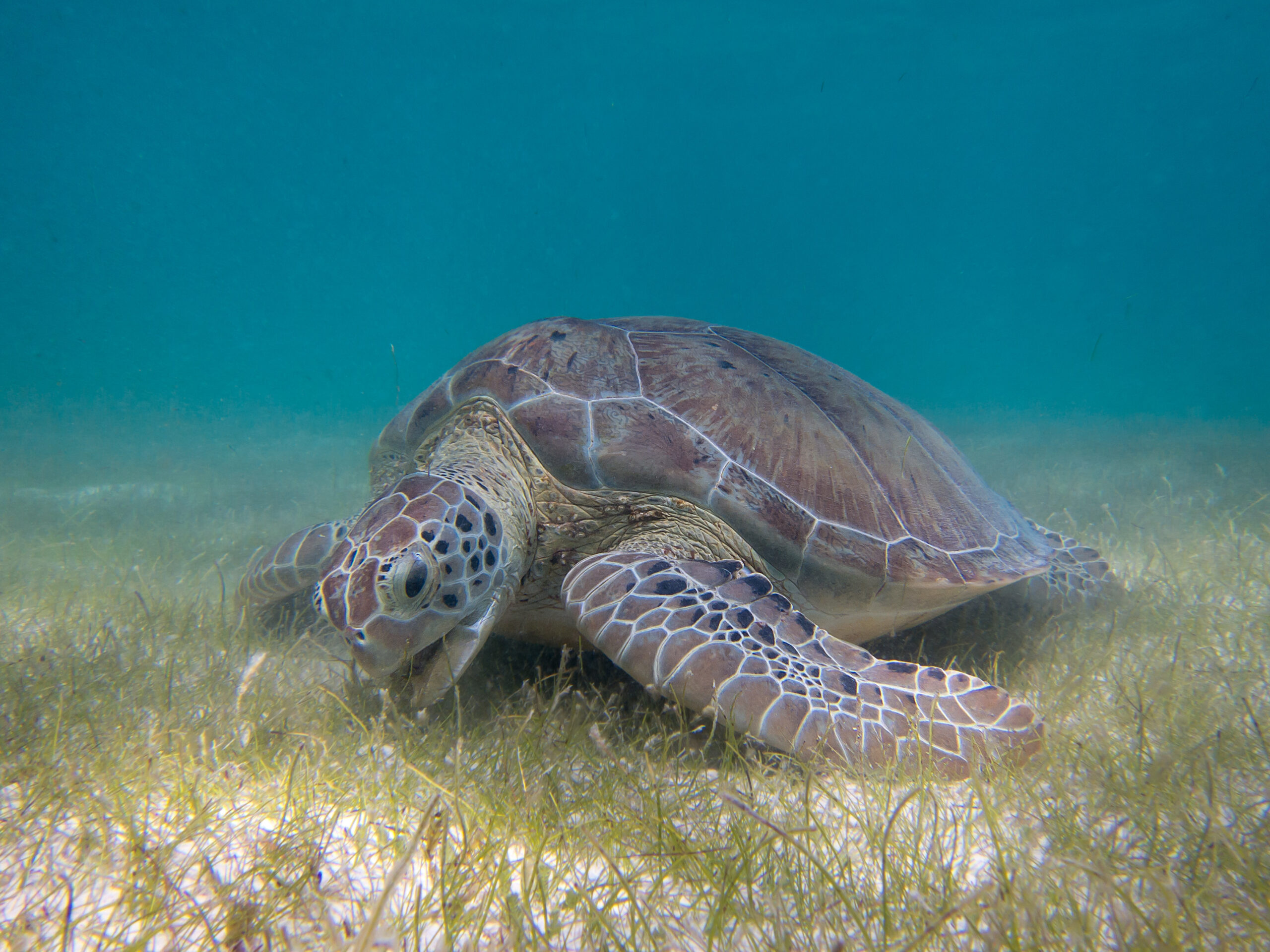
New research from the University of Exeter has found strong evidence that green turtles in the eastern Mediterranean are more likely to swallow plastic that resembles their natural diet of sea grass.
Leatherbacks are not the only sea turtle species to eat plastic that resembles their jellyfish prey.
New research from the University of Exeter has found strong evidence that green turtles in the eastern Mediterranean are more likely to swallow plastic that resembles their natural diet of sea grass.
Of the 34 turtles examined, the scientists were able to examine the full gastrointestinal tracts of 19. All of these turtles contained plastic, with the number of pieces ranging from three to 183.
“Turtles in the eastern Mediterranean displayed strong diet-related selectivity towards certain types (sheet and threadlike), colours (black, clear and green) and shapes (linear items strongly preferred) of plastic when compared to the environmental baseline of plastic beach debris,” the study states.
Plastic pollution impacts critically endangered sea turtles at every life stage. An estimated 8 million tons of plastic enters our oceans every year, and it’s expected to outweigh all the fish in the sea by 2050. Environmental pollutants adhere to plastic as it travels through the ocean. If ingested, those contaminated plastics can sicken marine life — and, ultimately, humans who eat contaminated seafood. Plastics can also choke or entangle marine life, including sea turtles and whales.
Turtle Island Restoration Network and its suite of marine programs advocates for policy change and personal lifestyle alterations to help us save all marine species from an increasingly urgent threat: human-produced plastic.




